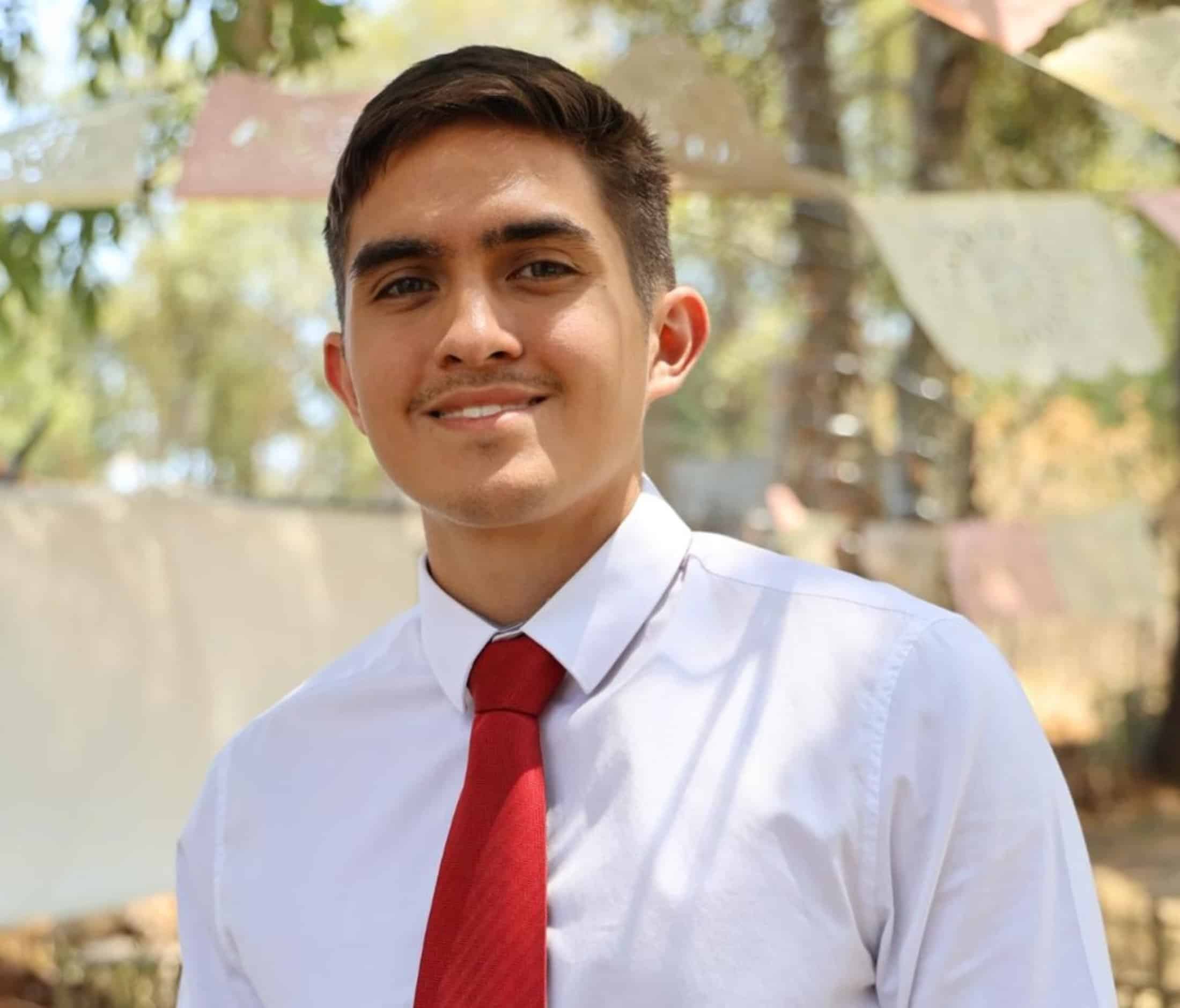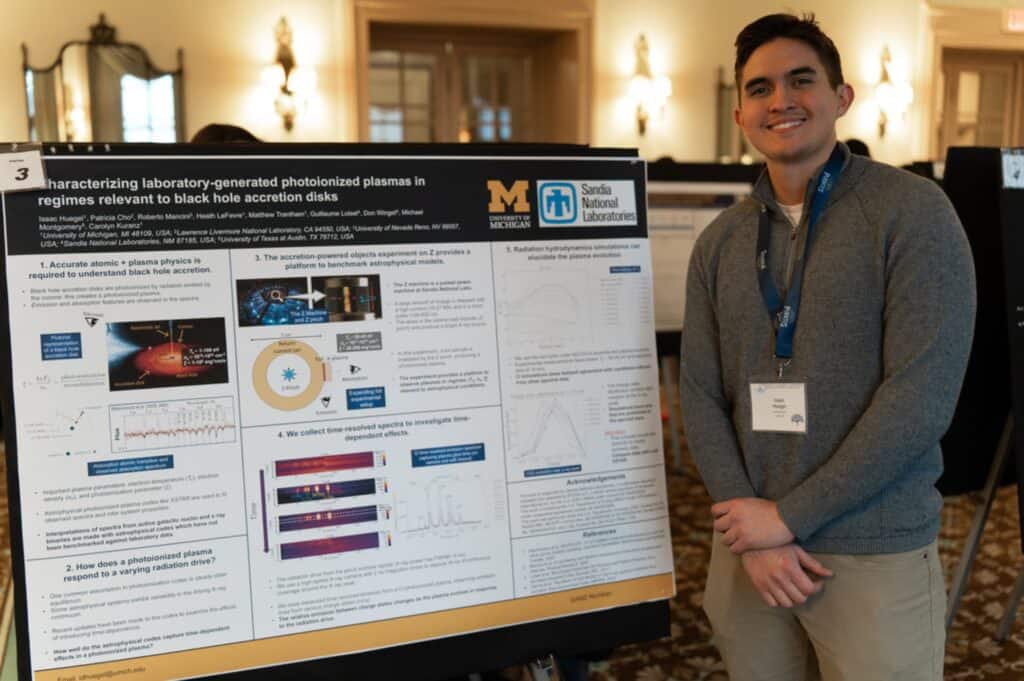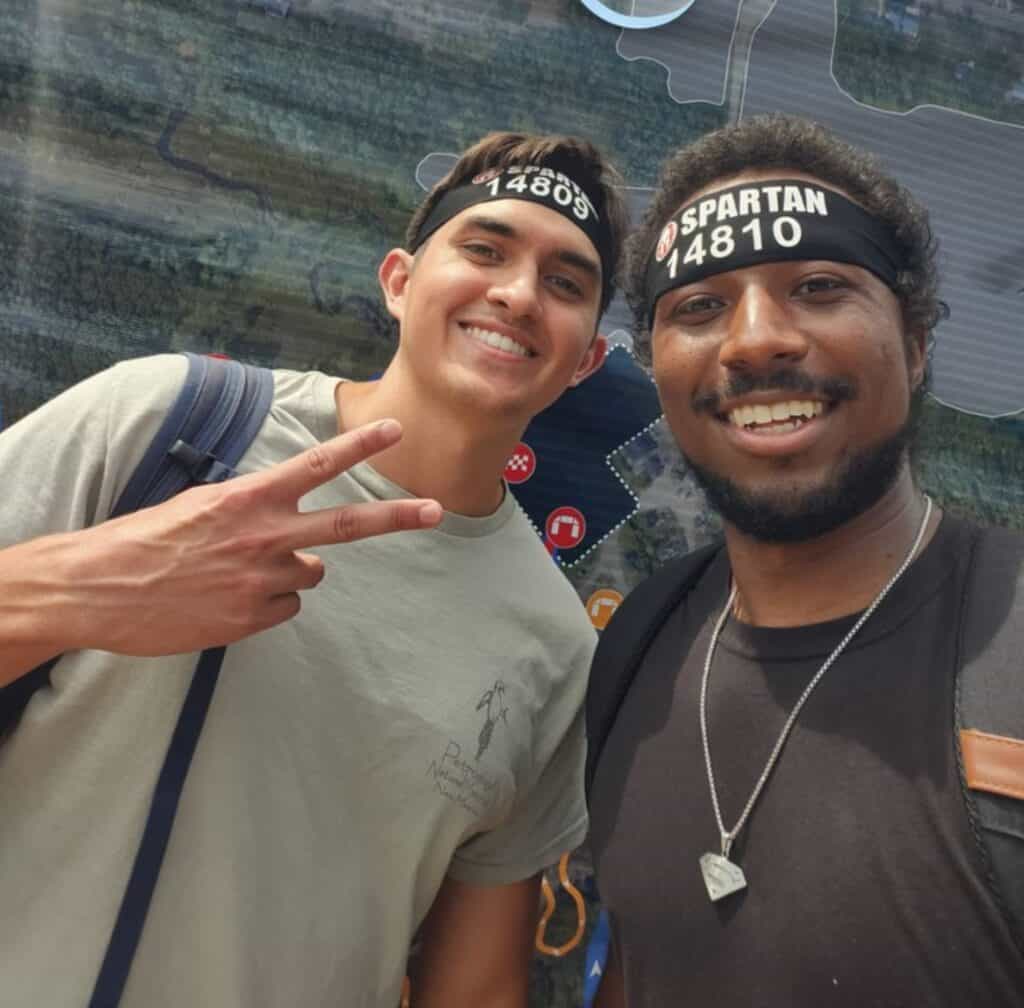
Isaac Huegel earns prestigious national fellowship for plasma physics research
Applied physics PhD student working with NERS professor Carolyn Kuranz awarded DOE NNSA Laboratory Residency Graduate Fellowship.

Applied physics PhD student working with NERS professor Carolyn Kuranz awarded DOE NNSA Laboratory Residency Graduate Fellowship.
Isaac Huegel, a PhD student in the University of Michigan’s Applied Physics program, was recently awarded a Department of Energy National Nuclear Security Administration (DOE NNSA) Laboratory Residency Graduate Fellowship (LRGF). Huegel conducts high energy density (HED) physics research in the lab of NERS professor Carolyn Kuranz, where he investigates extreme plasma conditions using Sandia National Laboratories’ Z machine—the largest pulsed-power facility in the world.
Huegel’s path to Michigan began at the University of Texas at Austin, where he explored several disciplines before discovering plasma physics and laboratory astrophysics through a research opportunity at an NNSA center of excellence. That experience led him to seek out Kuranz’s lab, which is home to another NNSA center focused on laboratory astrophysics.
“There were opportunities here to continue studying plasmas, so I applied to the applied physics program,” said Huegel. “My options were either to go here or to go to Rochester, NY; I made the right choice.”
In Kuranz’s lab, Huegel studies how atoms and electromagnetic radiation interact within X-ray-driven plasmas—conditions relevant to astrophysical systems like black hole accretion disks. His experiments generate benchmark data that help validate modeling codes used in both laboratory and astrophysical plasma research.

Huegel’s selection for the LRGF highlights the strength of Michigan’s interdisciplinary environment, where research groups like Kuranz’s attract top talent across departments.
“Applied physics and NERS have been incredibly welcoming,” said Huegel. “My research group is the best; there’s a good sense of camaraderie. I’m confident we’ll win that NERS fountain race one of these days.”
The fellowship includes two 12-week residencies at a national lab. Huegel plans to conduct both of his residencies at Sandia, where he already travels several times a year for experiments.
“Getting to spend a few months there will allow me to interact with the scientists more and establish better connections,” he said. “This fellowship is an incredible opportunity to learn from both the theorists who deeply understand the physics present in our experimental work and the engineers who make the science possible.”
Huegel’s long-term goal is to pursue a research career in a national lab or industry, where he hopes to contribute to the advancement of inertial confinement fusion and other HED-related technologies. He also encourages other students to apply for fellowships like the LRGF.
“Do it! And get as much feedback as you can—from people in NERS and beyond. The process helps you clarify your own goals.”
Outside of research, Huegel enjoys disc golf, bouldering, Spartan races, baking conchas, and long table games.

His success adds to the growing legacy of NERS faculty who mentor students across disciplinary boundaries and prepare them to lead in plasma, fusion, and high energy density science.